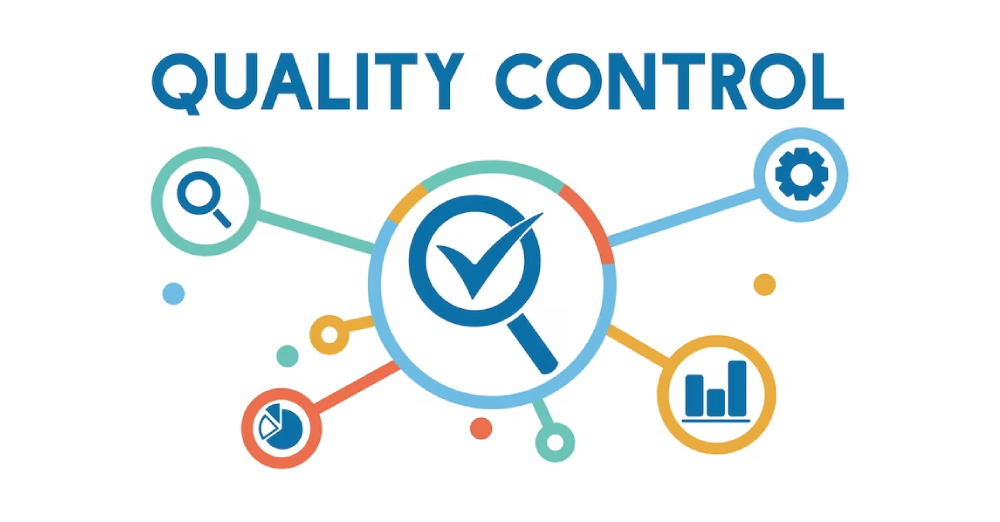Ensuring product quality is crucial in every sector, from manufacturing to pharmaceuticals. Traditional testing methods can be time-consuming, costly, and insufficient for meeting modern demands.
Fortunately, innovative testing techniques are transforming quality control processes, making them more efficient and reliable. Advanced spectroscopic technologies have emerged as invaluable tools, offering precise analysis that enhances productivity and improves safety across industries. Keep reading to find out more.
The Role of Spectroscopic Techniques in Quality Assurance
Spectroscopic methods play a pivotal role in quality assurance processes. They enable detailed analysis of materials and substances, allowing for rapid identification and quantification of components. Employing techniques such as infrared and UV-Vis spectroscopy enables manufacturers to obtain real-time data on the composition and quality of their products.
These techniques are precise and versatile. Industries ranging from food and beverage to pharmaceuticals rely on them to ensure compliance with safety regulations. For instance, food manufacturers use infrared spectroscopy to identify contaminants or verify ingredient authenticity. In the pharmaceutical sector, these methods verify the quality and purity of raw materials and finished products.
The implementation of these advanced methods significantly enhances operational efficiency. With the ability to conduct tests on-site and in real-time, companies can reduce downtime and expedite the production process. Consequently, businesses adopting these techniques can better meet quality standards while saving time and resources.
However, if you are looking for more information on specific applications and benefits, viewing detailed technical content can be highly beneficial.
Practical Implementation: Adopting Innovative Testing Methods
For businesses looking to enhance their quality control processes, adopting innovative testing methods is a strategic move that can yield significant returns. Here are some essential steps for effective implementation:
- Assess Your Needs: Identify specific quality control challenges your business faces. Determine which areas could benefit most from improved testing methods.
- Research Available Technologies: Explore different spectroscopic techniques. Evaluate their capabilities and how they align with your industry needs.
- Invest in Training: Ensure your team is well-versed in using new technologies. Training will facilitate a smooth transition and empower staff to maximize the benefits.
- Start with Pilot Projects: Implement technologies on a small scale before full-scale adoption. This will help gauge effectiveness and make necessary adjustments.
- Monitor and Evaluate: Once implemented, continuously monitor the performance of new testing methods. Gather data on efficiency, accuracy, and improvements in product quality.
Future Trends in Quality Control
As technology continues to advance, several trends are emerging in quality control. One major trend is the increasing integration of automation within testing processes. Automating routine testing tasks can enhance efficiency and reduce the likelihood of human error. This shift allows quality control teams to focus on more complex analyses that require human expertise.
Another trend is the growing emphasis on sustainability within quality control practices. Companies are recognizing the importance of environmental impact and seeking methods that ensure product quality and minimize waste and energy consumption. Innovative testing methods can support these goals by enabling more efficient resource use during production.
The Impact of Advanced Testing on Compliance and Regulatory Standards
Adopting advanced testing methods is paramount in industries that must adhere to stringent regulatory standards. Regulatory bodies increasingly demand rigorous testing protocols to ensure consumer safety and product efficacy. Spectroscopic techniques can help businesses meet these requirements by providing reliable, reproducible results demonstrating compliance.
Furthermore, real-time monitoring capabilities allow companies to avoid potential issues, ensuring they can address problems before they escalate. This proactive approach aids in maintaining compliance and enhances overall quality control efforts.
By integrating advanced testing methods, businesses can streamline their operations and foster a culture of quality assurance that resonates throughout their entire supply chain. This commitment to excellence ultimately leads to better products and increased consumer trust.






